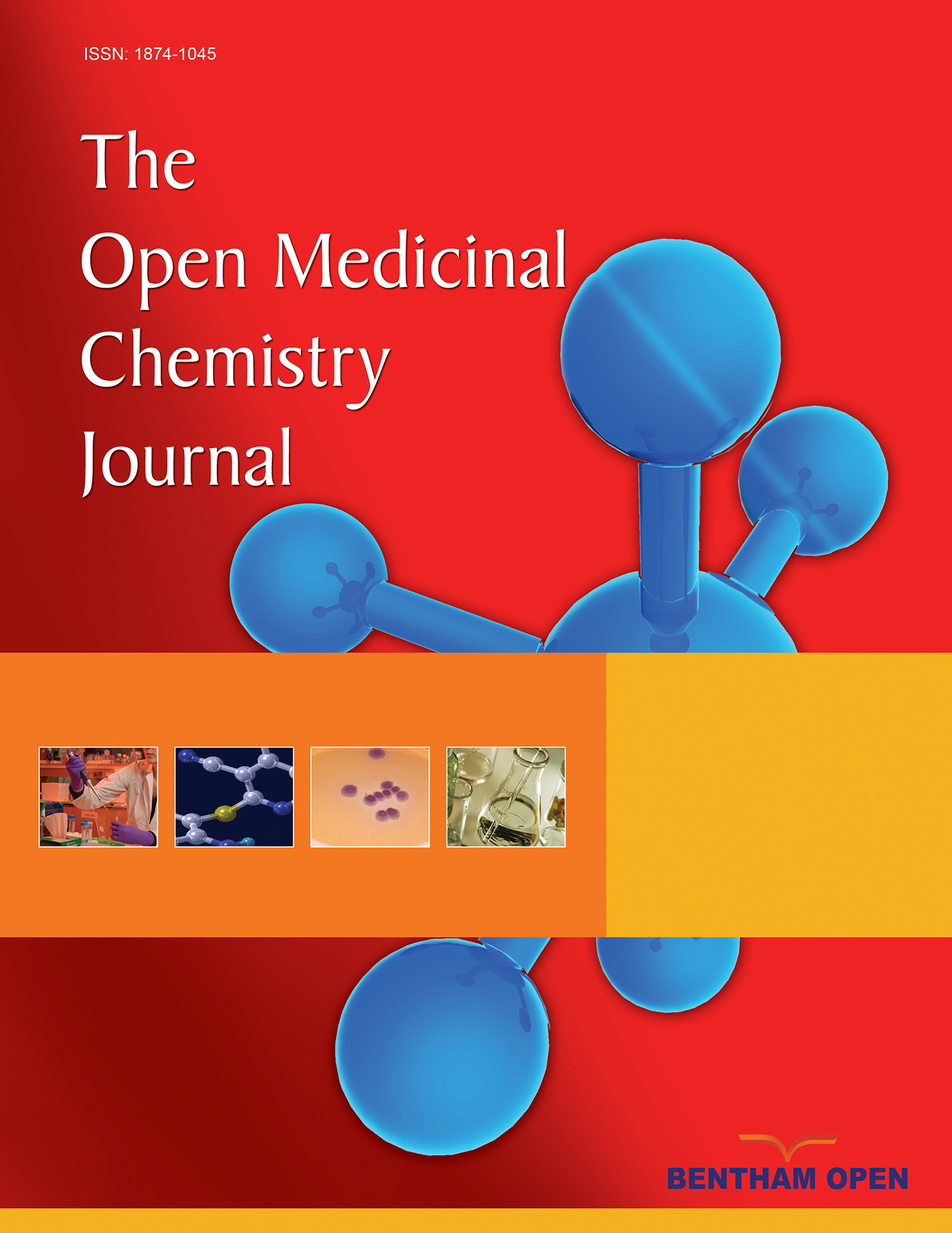All published articles of this journal are available on ScienceDirect.
Structures, Targets and Recent Approaches in Anti-Leishmanial Drug Discovery and Development
Abstract
Recent years have seen a significant improvement in available treatment options for leishmaniasis. Two new drugs, miltefosine and paromomycin, have been registered for the treatment of visceral leishmaniasis (VL) in India since 2002. Combination therapy is now explored in clinical trials as a new treatment approach for VL to reduce the length of treatment and potentially prevent selection of resistant parasites. However there is still a need for new drugs due to safety, resistance, stability and cost issues with existing therapies. The search for topical treatments for cutaneous leishmaniasis (CL) is ongoing. This review gives a brief overview of recent developments and approaches in anti-leishmanial drug discovery and development.


